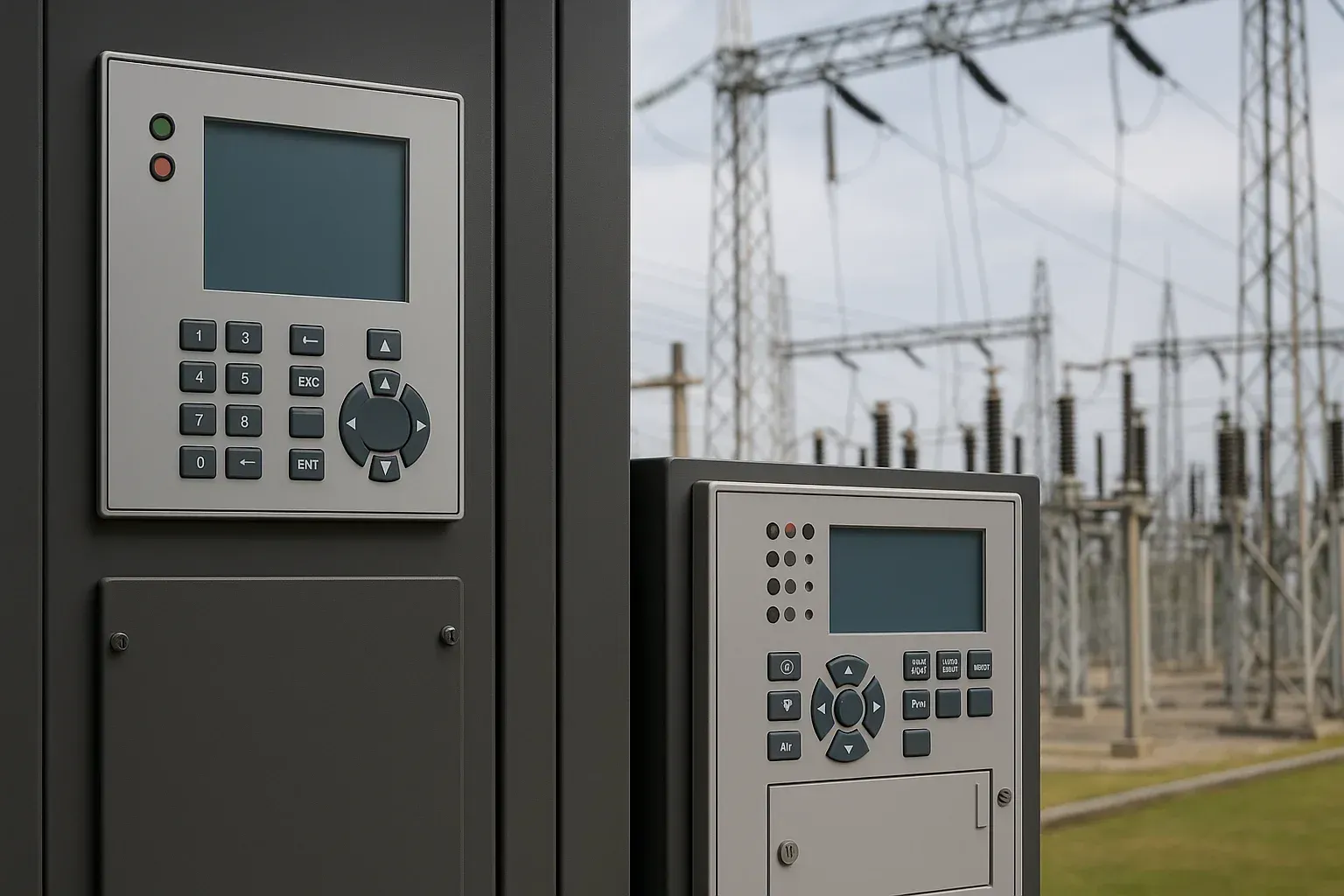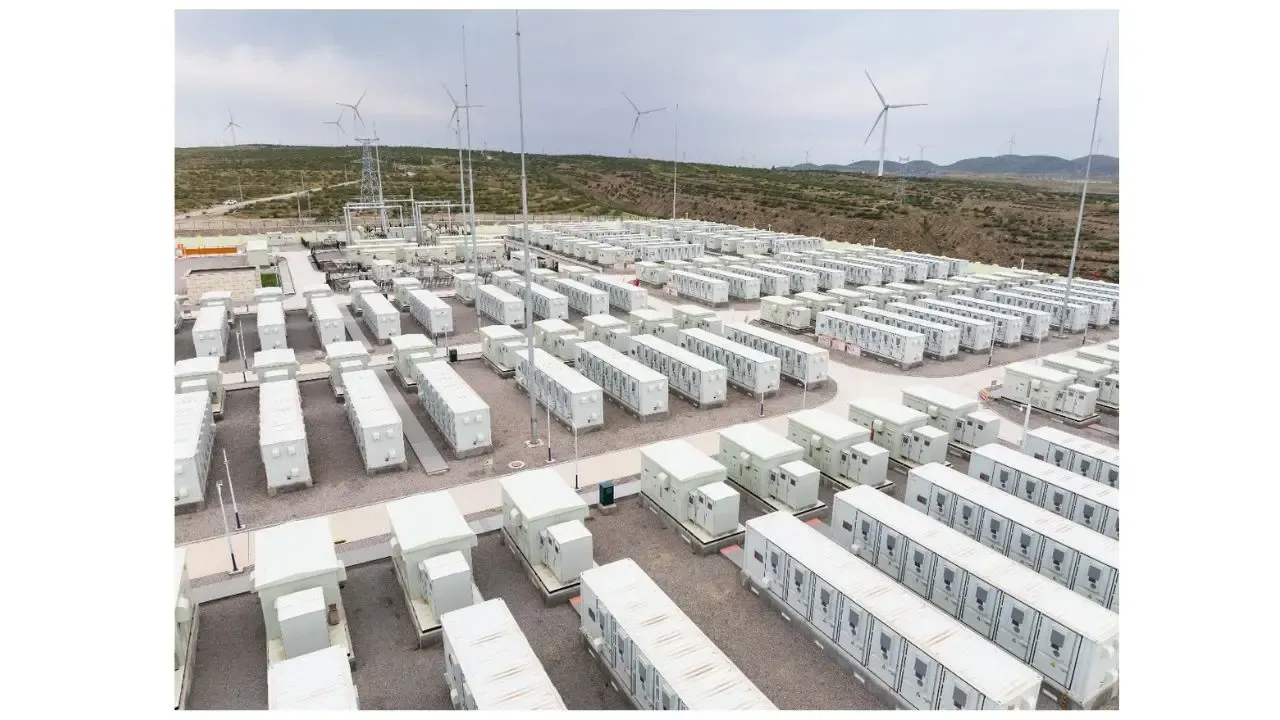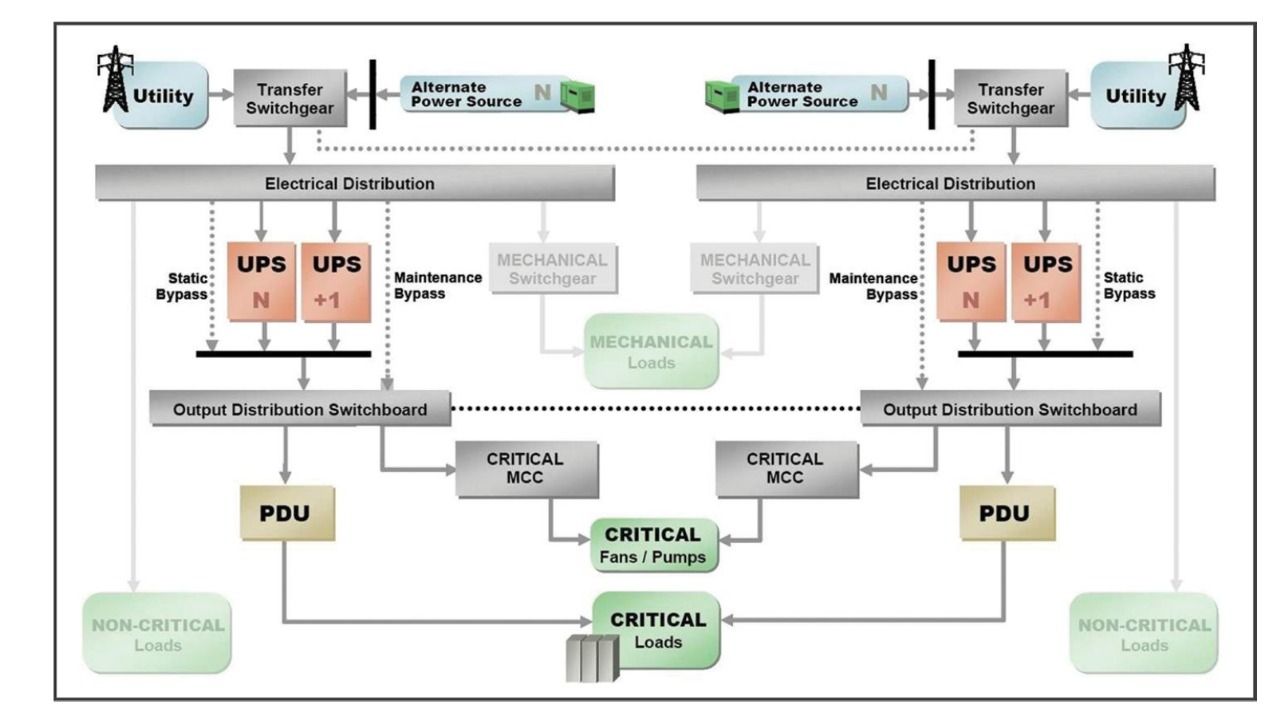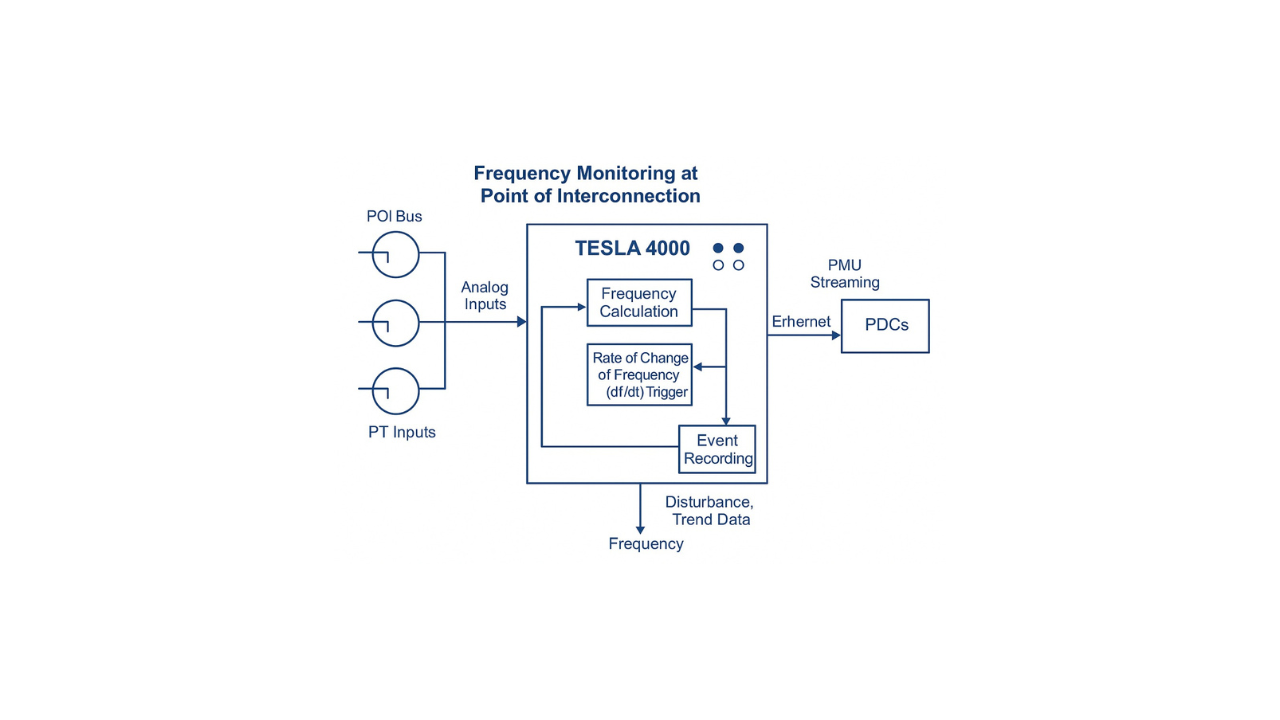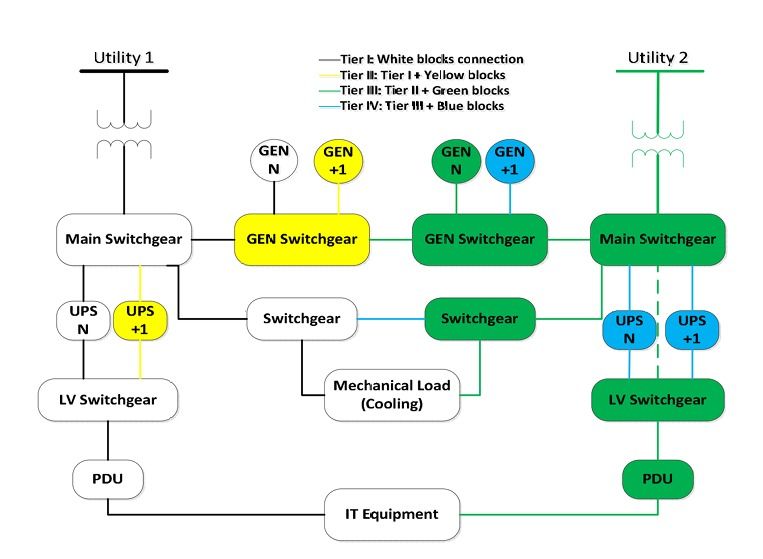Navigating the Future: Major Changes Coming to the National Electrical Code (NEC) and What It Means for Engineering Professionals
May 27, 2025 | Blog

Introduction
The National Fire Protection Association (NFPA) is steering the National Electrical Code (NEC) into a transformative era with key structural and organizational changes scheduled for the 2026 and 2029 editions. These revisions aim to align the NEC with the rapidly evolving demands of electrical systems, smart infrastructure, distributed energy resources, and high-voltage installations.
Keentel Engineering, with its three decades of expertise in electrical design and compliance services, offers this in-depth analysis to keep professionals informed and prepared.
Highlights of Upcoming NEC Changes
1. NEC 2026: Structural Realignment Begins
- Article 220 (Load Calculations) will be relocated to Article 120 in Chapter 1.
- This marks a shift in how general calculation rules are prioritized within NEC structure.
- Code Panel 2 has approved changes focusing on Articles 210 and 220.
2. NEC 2029: Full Code Reorganization
- A new 20-chapter format is proposed, replacing the long-standing 9-chapter structure introduced in 1937.
- Chapters will be logically grouped based on function: General Requirements, Wiring by Voltage Class, Equipment Types, Specific Occupancies, and Energy Sources.
Proposed structure includes:
- Chapters 1–4: Definitions, General Requirements, and Voltage-based Wiring
- Chapters 5–10: Wiring Methods and Materials
- Chapters 11–14: Equipment Standards
- Chapters 15–17: Specific Occupancies
- Chapter 18: Energy Sources
- Chapter 19: Life Safety and Emergency Systems
- Chapter 20: Tables
Annexes A–K: Informational content
Key Takeaways for Electrical Engineers
1. Improved Usability
The proposed reorganization enhances navigation, especially for systems involving:
- Inverter-Based Resources (IBRs)
- High-voltage (>1000 VAC) applications
- Integrated safety and emergency systems
2. No Technical Disruption
Changes in the 2029 NEC are structural only. The technical content and intent of the Code remain unchanged. However, better grouping means less cross-referencing and improved design efficiency.
3. Impacts on Load Calculations and Ampacity
The updated approach clarifies:
- Derating methods under Article 310.15(C)(1)
- Wireway exceptions in Article 376.22(B)
- Special occupancies like theaters (Article 520) that override general rules
4. Emerging Technology Considerations
Future NEC editions are expected to address:
- EV infrastructure
- Energy storage integration
- Smart grid systems
- AI-assisted monitoring
How Keentel Engineering Helps You Stay Compliant
Keentel provides:
- NEC compliance audits
- Drawing revisions per new chapter structure
- Design updates for special occupancies
- Load calculations aligned with relocated Article 120
20 Frequently Asked Questions (FAQs)
1. Will NEC 2029 include new technical requirements?
No. The 2029 revision only reorganizes the structure for clarity.
2. What is the rationale behind moving Article 220?
Its general nature fits better in Chapter 1, not Chapter 2 (Wiring & Protection).
3. Will this affect existing engineering drawings?
Yes, references to code sections must be updated to match the new structure.
4. How can engineers prepare for NEC 2029?
Start adopting the organizational logic being piloted in the 2026 edition.
5. Will NEC 2026 changes be mandatory right away?
Adoption depends on state and jurisdiction timelines.
6. What is happening to Tables like 310.16?
They remain but may be renumbered under Chapter 20.
7. How will conductor ampacity be calculated under the new system?
Same technical rules apply, but section numbers may change.
8. Are hospital projects affected by this?
Yes. Reference to NFPA 99 and 100 remains critical but navigation improves.
9. What happens in installations with more than 30 conductors in a wireway?
A 40% derating applies after the 31st conductor.
10. Do special occupancy rules override general ones?
Yes. For example, Article 520 can override 310.15(C)(1).

About the Author:
Sonny Patel P.E. EC
IEEE Senior Member
In 1995, Sandip (Sonny) R. Patel earned his Electrical Engineering degree from the University of Illinois, specializing in Electrical Engineering . But degrees don’t build legacies—action does. For three decades, he’s been shaping the future of engineering, not just as a licensed Professional Engineer across multiple states (Florida, California, New York, West Virginia, and Minnesota), but as a doer. A builder. A leader. Not just an engineer. A Licensed Electrical Contractor in Florida with an Unlimited EC license. Not just an executive. The founder and CEO of KEENTEL LLC—where expertise meets execution. Three decades. Multiple states. Endless impact.
Services

Let's Discuss Your Project
Let's book a call to discuss your electrical engineering project that we can help you with.

About the Author:
Sonny Patel P.E. EC
IEEE Senior Member
In 1995, Sandip (Sonny) R. Patel earned his Electrical Engineering degree from the University of Illinois, specializing in Electrical Engineering . But degrees don’t build legacies—action does. For three decades, he’s been shaping the future of engineering, not just as a licensed Professional Engineer across multiple states (Florida, California, New York, West Virginia, and Minnesota), but as a doer. A builder. A leader. Not just an engineer. A Licensed Electrical Contractor in Florida with an Unlimited EC license. Not just an executive. The founder and CEO of KEENTEL LLC—where expertise meets execution. Three decades. Multiple states. Endless impact.
Leave a Comment
We will get back to you as soon as possible.
Please try again later.
Related Posts




